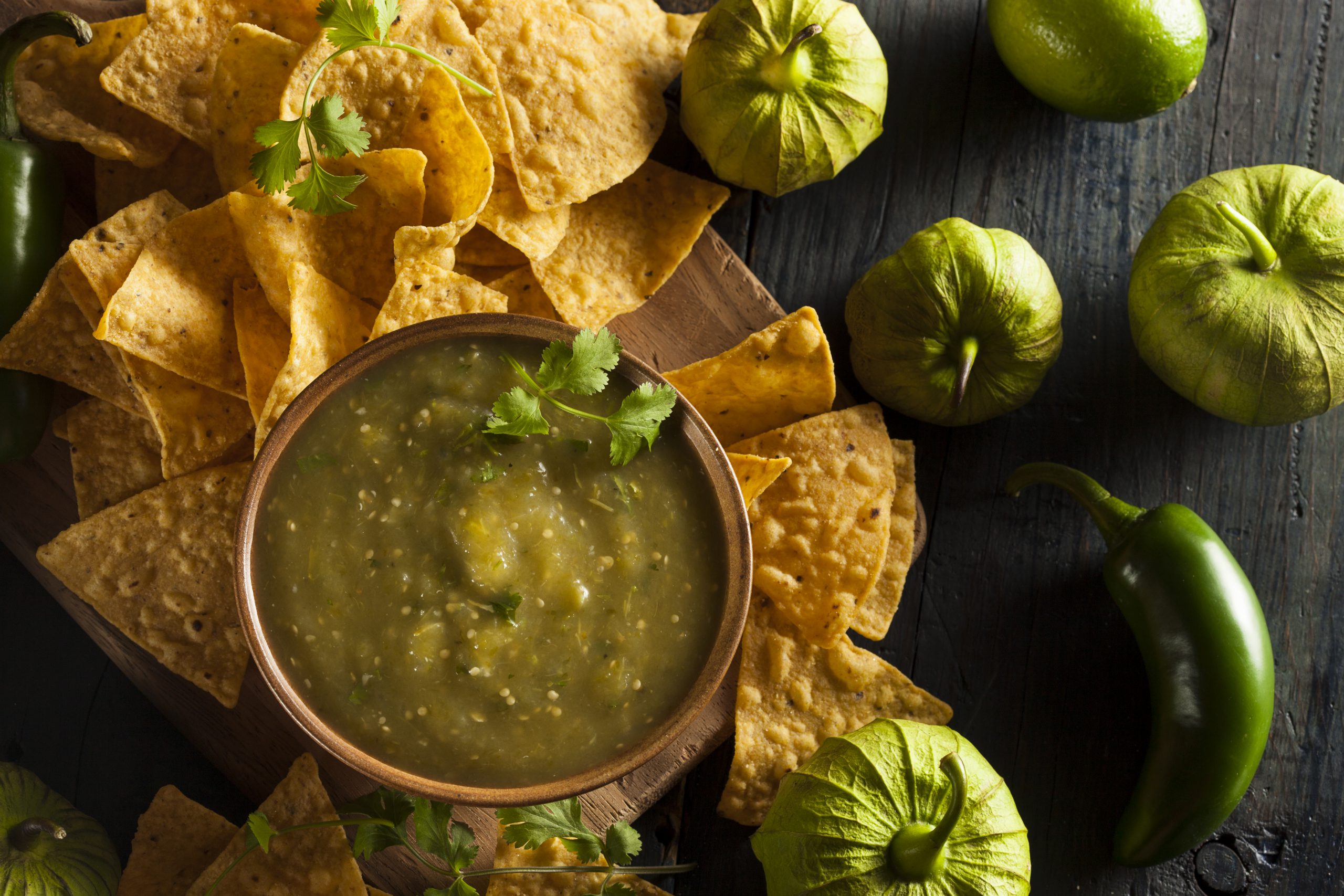
Don’t we all love the sweetness and acidity of tomatillos in our salads, pork, and hotdogs? Salsa verde is a spicy sauce, with Tomatillo as its star ingredient along with cilantro, lime, etc. It’s the perfect sauce to bring flavor and heat to your dishes.